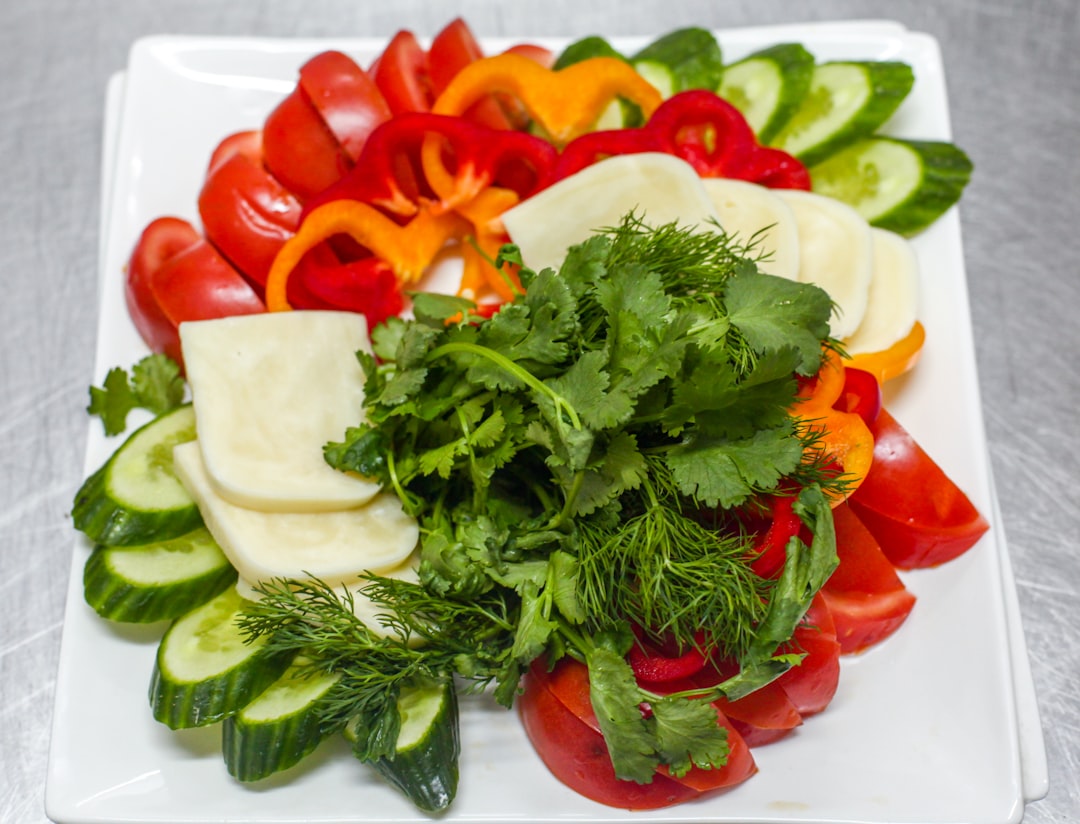
When it comes to the culinary world, deli meat holds a significant place. But what exactly is an official deli meat definition? Deli meat, also known as lunch meat, is precooked or cured meat that is sliced and typically served cold in sandwiches or on their own. It includes a variety of meats such as ham, turkey, roast beef, and salami.
Let's start by exploring the benefits of deli meat. One of the primary advantages is its convenience. In today's fast - paced world, having a ready - to - eat protein source is a game - changer. You can quickly assemble a delicious sandwich for a meal on the go. Deli meat is also a good source of protein, which is essential for building and repairing tissues in our bodies. For example, turkey deli meat is rich in lean protein, making it a great option for those looking to maintain or build muscle mass.
However, there are also drawbacks to including processed deli meat in your diet. Many deli meats are high in sodium. Excessive sodium intake can lead to high blood pressure, which is a risk factor for heart disease and stroke. Additionally, some deli meats contain nitrates and nitrites, which are used as preservatives. These chemicals have been linked to an increased risk of certain cancers, especially when consumed in large amounts over a long period.
Dietitians have a unique perspective on deli meat. They understand both its appeal and its potential health risks. Some dietitians do have favorite deli meat recipes. For instance, a classic turkey and avocado sandwich is a popular choice. The turkey provides protein, while the avocado adds healthy fats and a creamy texture. Dietitians might serve this type of sandwich to their families once or twice a week, balancing the convenience and taste with the need for a healthy diet.
But dietitians also rely on other healthy protein sources more often. One such source is beans and legumes. They are not only rich in protein but also high in fiber, which aids in digestion and helps keep you feeling full. Lentils, for example, can be used in soups, stews, or even made into a lentil burger. Another great alternative is nuts and seeds. Almonds, walnuts, and chia seeds are packed with protein, healthy fats, and various vitamins and minerals. You can sprinkle them on salads, yogurt, or eat them as a snack.
Now, let's talk about how to cook with deli meat. If you want to add a bit of variety to your deli meat dishes, you can heat it up. For example, you can make a grilled ham and cheese sandwich. Simply place slices of ham and cheese between two slices of bread, and cook it in a panini press or on a skillet until the cheese is melted and the bread is golden brown. You can also use deli meat in casseroles. Shred some turkey or chicken deli meat and mix it with pasta, vegetables, and a creamy sauce for a comforting one - dish meal.
When it comes to ingredient explainers, it's important to understand the different types of deli meat. Some are smoked, which gives them a distinct flavor. Others are cured with different spices and seasonings. Reading the labels carefully can help you make more informed choices. Look for deli meats that are low in sodium and free from added nitrates and nitrites.
In conclusion, deli meat can be a part of a balanced diet when consumed in moderation. By being aware of its benefits and drawbacks, and by incorporating other healthy protein sources, you can enjoy the convenience and taste of deli meat while still maintaining good health. Whether you're making a quick sandwich or a more elaborate dish, there are many ways to cook with deli meat and explore its culinary possibilities.



































































































